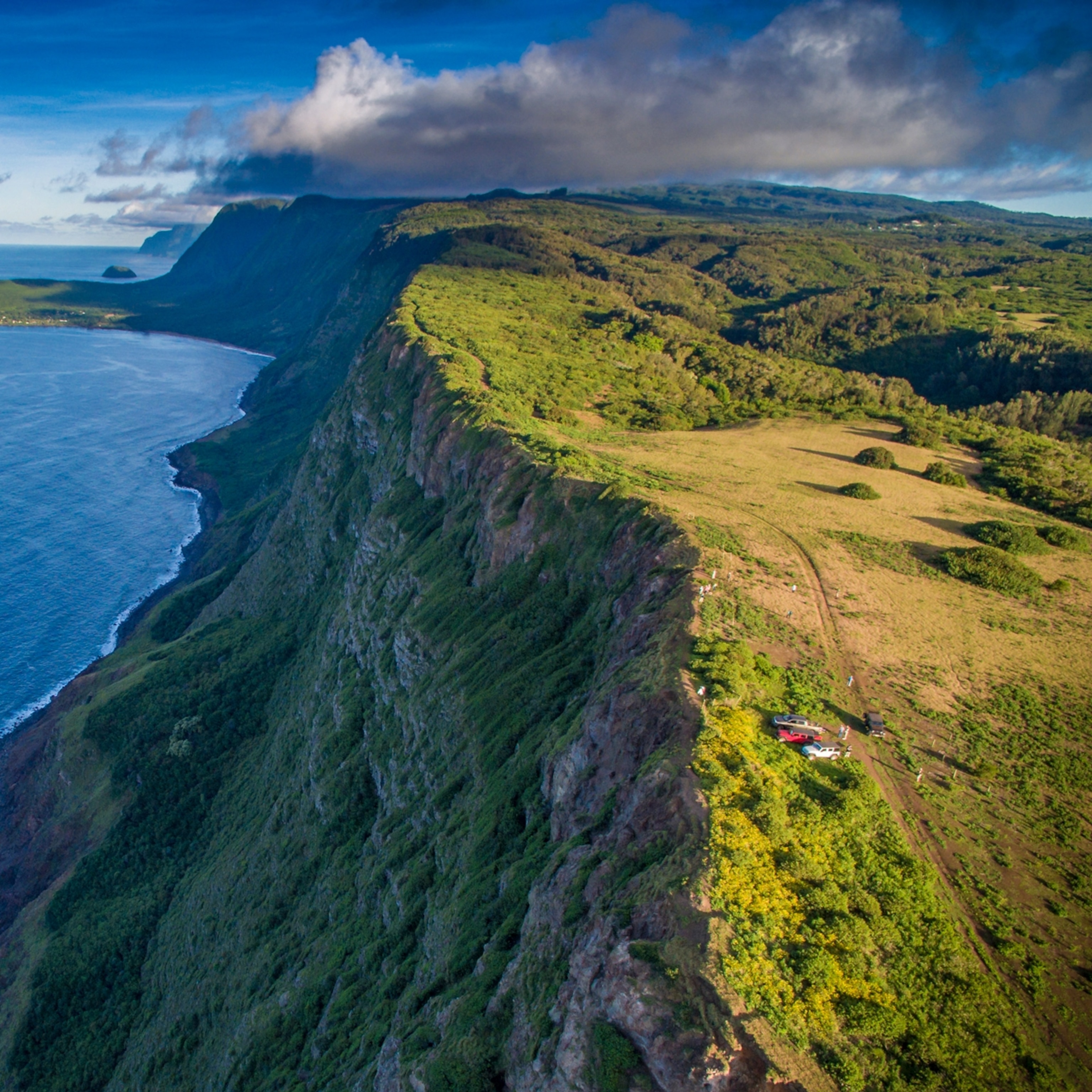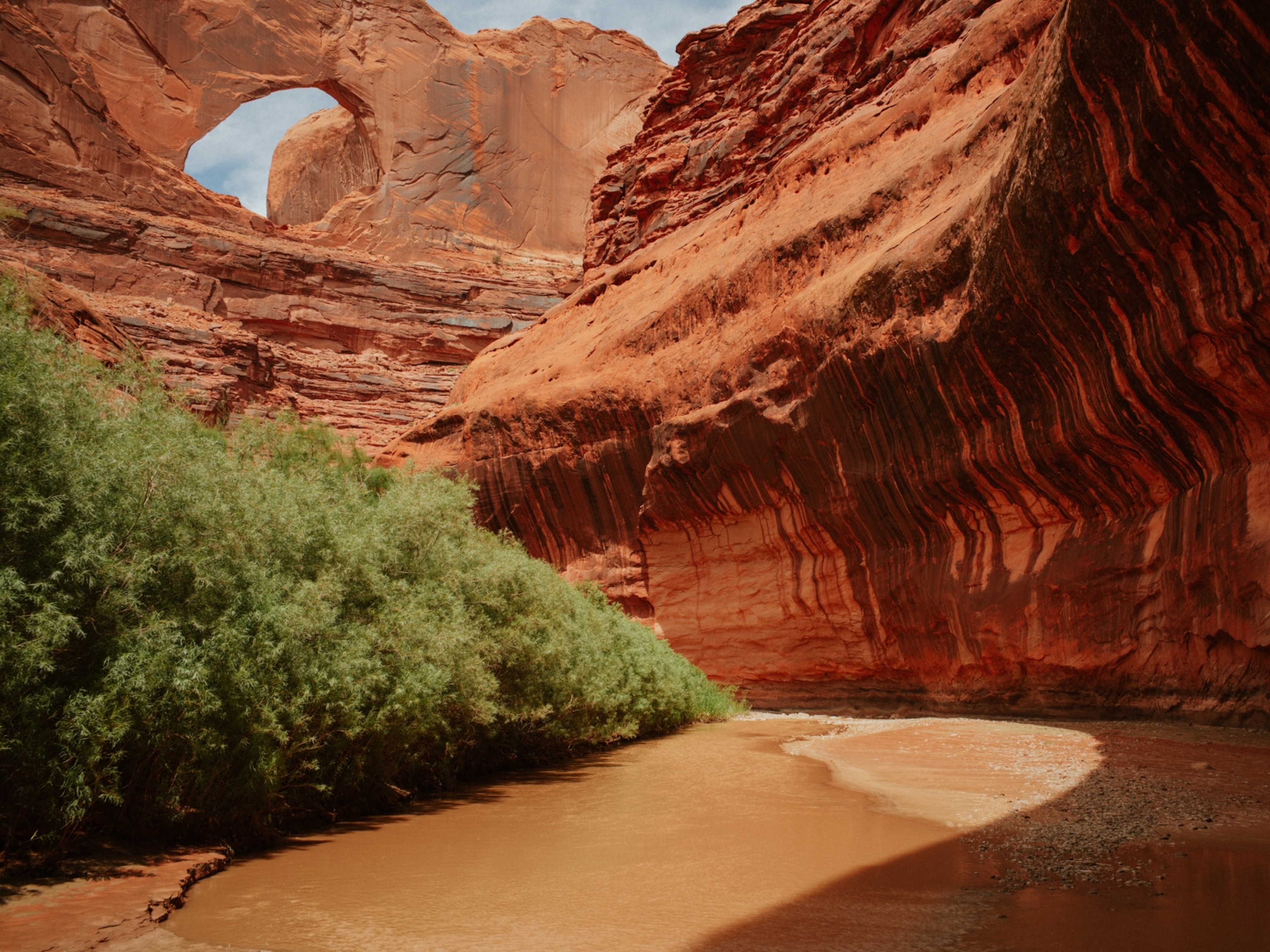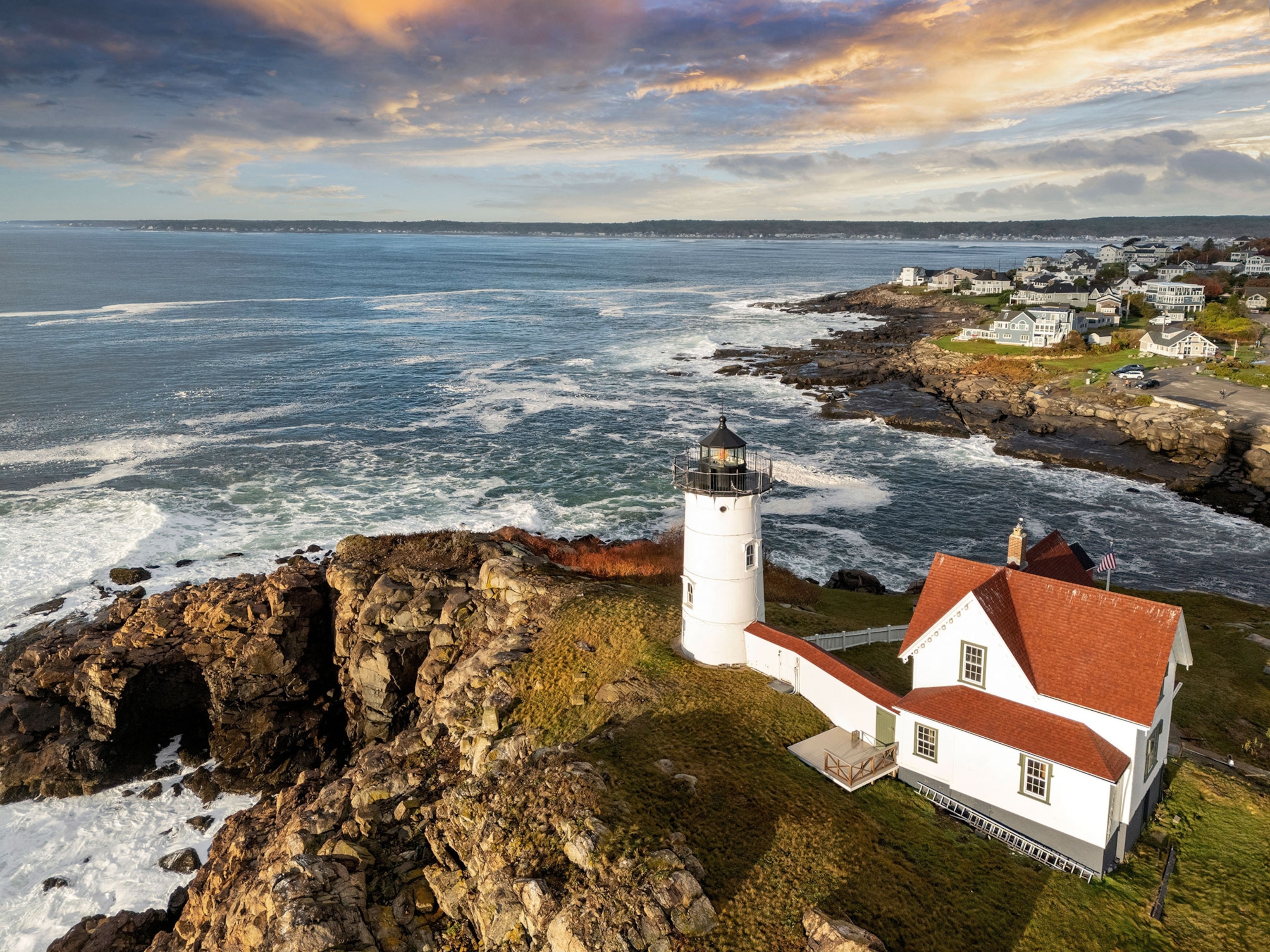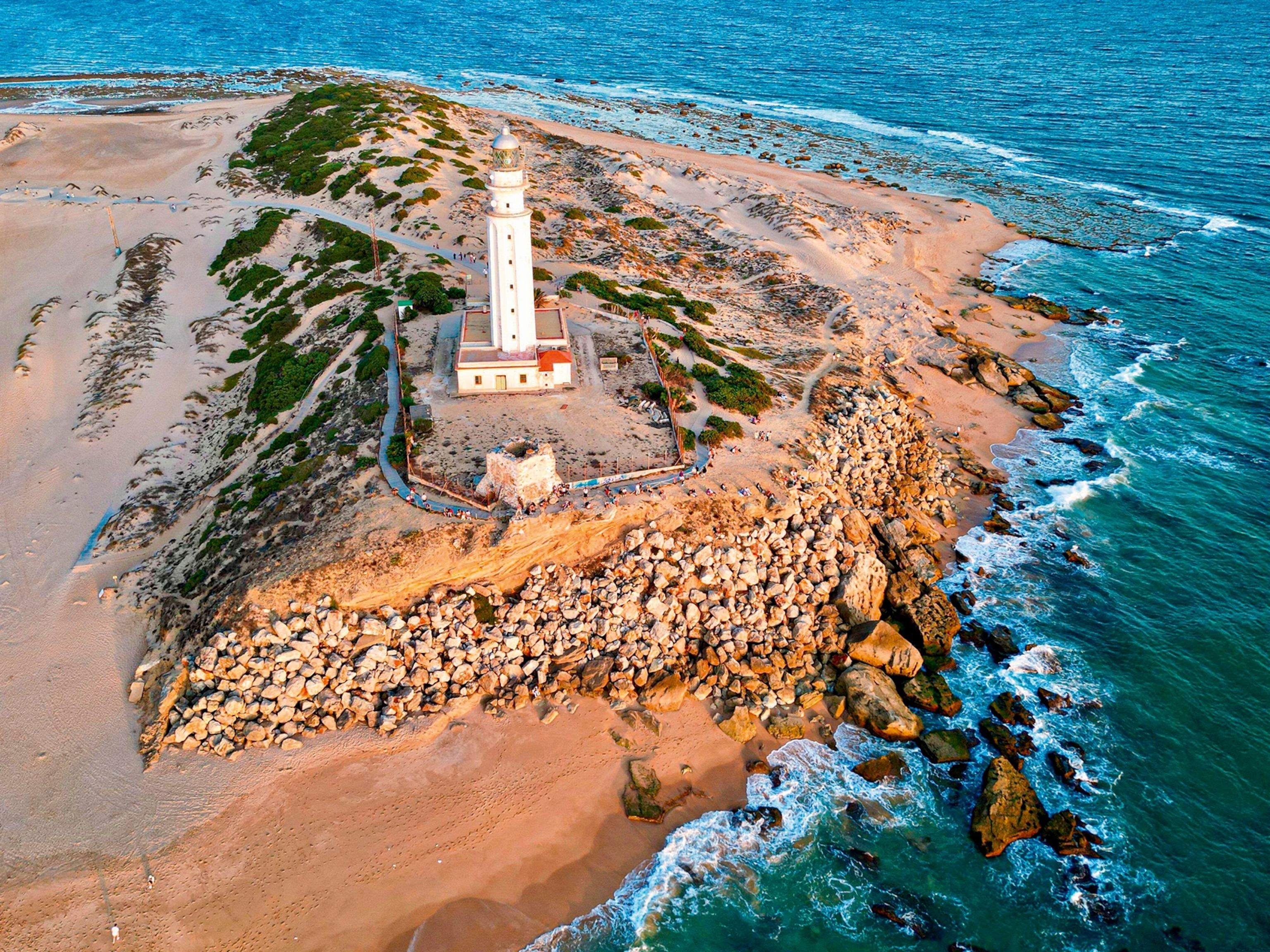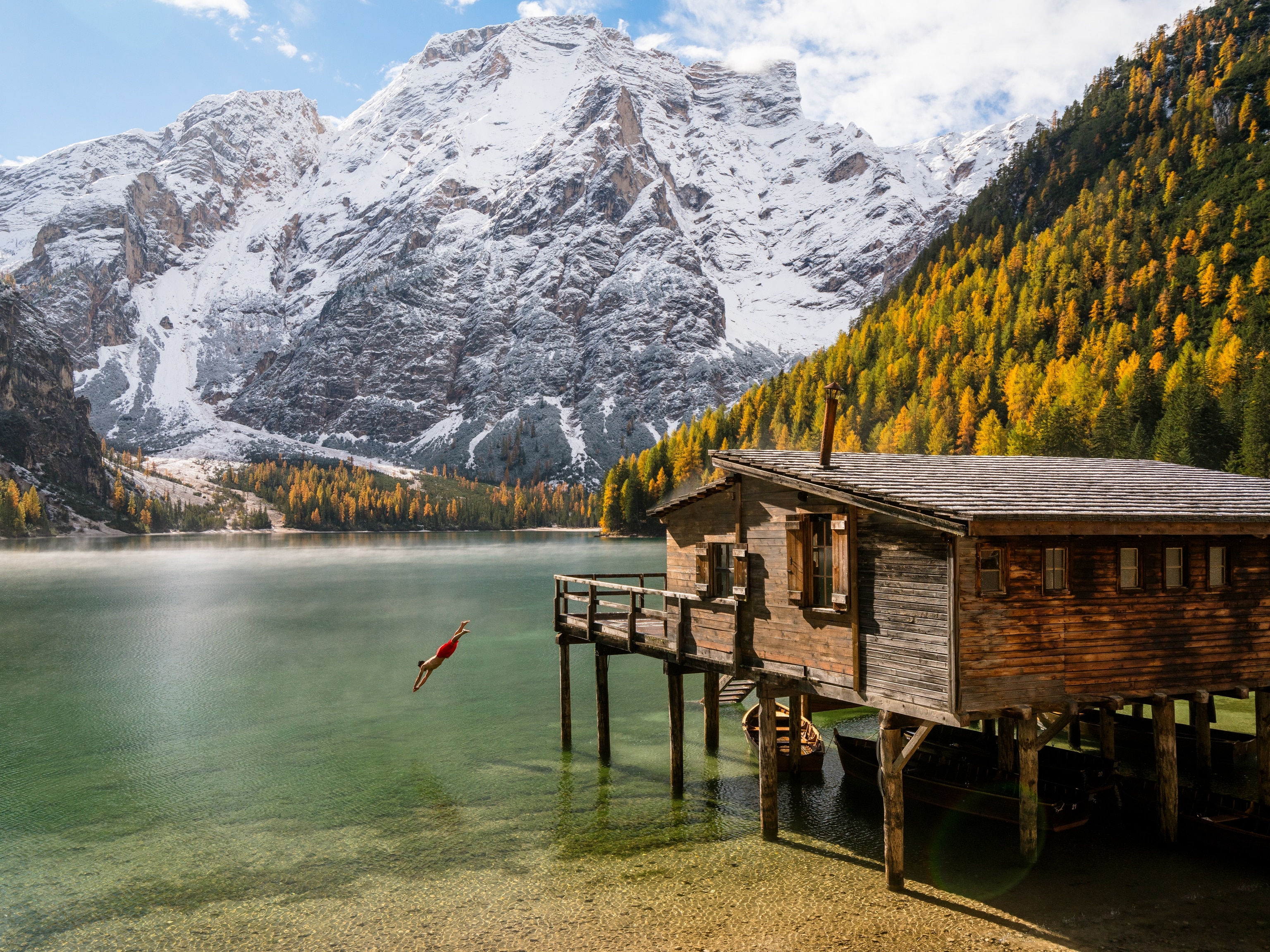
At Australia’s new national park, see how life evolved on the planet
Nilpena Ediacara National Park has some of the best preserved fossils of a crucial evolutionary link.
In the mid-20th century, geologist Reg Sprigg made a stunning discovery in South Australia’s Flinders Ranges. Under the searing outback sun, he unearthed delicate impressions made by animals that lived some 550 million years ago—the missing piece in our understanding of evolution that had long eluded naturalist Charles Darwin.
Called the Ediacaran biota (named after the Ediacara Hills where they were found), the fossils outline animals similar to modern-day anemones or seaworms and range from a few centimeters to a few feet long. They explain the transition between single-cell organisms and the hard-bodied, predatory animals of the Cambrian Explosion, or Biological Big Bang. It’s a key evolutionary step that Darwin wrestled with, known as Darwin’s Dilemma.
Now, the new Nilpena Ediacara National Park is preserving the revelatory fossils, offering travelers an up-close look at the scientifically rich area where they were found. Here’s what to know.
A national park for science
Nilpena Ediacara National Park was created through a collaborative effort between the South Australian government and the Flinders Ranges Ediacara Foundation. The latter was established in 2018 to protect the fossils and support research and education, partly through tourism.
Set on 150,000 acres of sunbaked red earth stretching toward crenellated mauve peaks, a transformed sheep station forms the heart of the national park. In the original blacksmith shop, a sleek visitor center orients travelers, while the old shearing shed offers a look at the area’s pastoral history.
A short 4x4 drive up a dust-blown ridge leads to a pathway that skirts the excavated fossil beds, most of them active research sites. To ensure the beds’ long-term preservation, they’ve been stabilized with rock walls and gravel. Travelers can reach out and trace the ghostly white ridges of the fossils that bloom on the sandstone.

(This enigmatic blob was one of Earth’s earliest animals.)
While there are other Ediacaran biota fossil sites around the globe, Nilpena Ediacara National Park’s fossil beds are remarkable for several reasons. The region’s shallow sea was marked by gentle waves, so the communities of organisms survived for long periods between disruptive storm events.
A geological uplifting and tilting that occurred over millennia in the area enables scientists to excavate the beds on a scale impossible elsewhere, revealing critical evolutionary events through time. These characteristics are an integral driver in a bid for UNESCO World Heritage status for the wider Flinders Ranges region.
“Each fossil bed is a snapshot of the Ediacaran seafloor, so you have this amazing record where we can look at things like reproduction, competition, whether they moved, population structure, and how they grew—all these insights into where they fit in with our understanding of animal evolution,” says Mary Droser, a paleobiologist at the University of California, Riverside, and the lead scientist at Nilpena for over 20 years.
Droser and her team have made several significant Ediacaran biota discoveries in the area. In 2020, they found the oldest bilaterian—animals with a head, tail, belly, and back—in the world. They’ve also uncovered the oldest example of sexual reproduction in multicellular organisms and the oldest organism to live in the water column (all of the water in the ocean between the surface and the seafloor). The latter was named Attenborites janeae in honor of David Attenborough and his dedication to science and conservation.
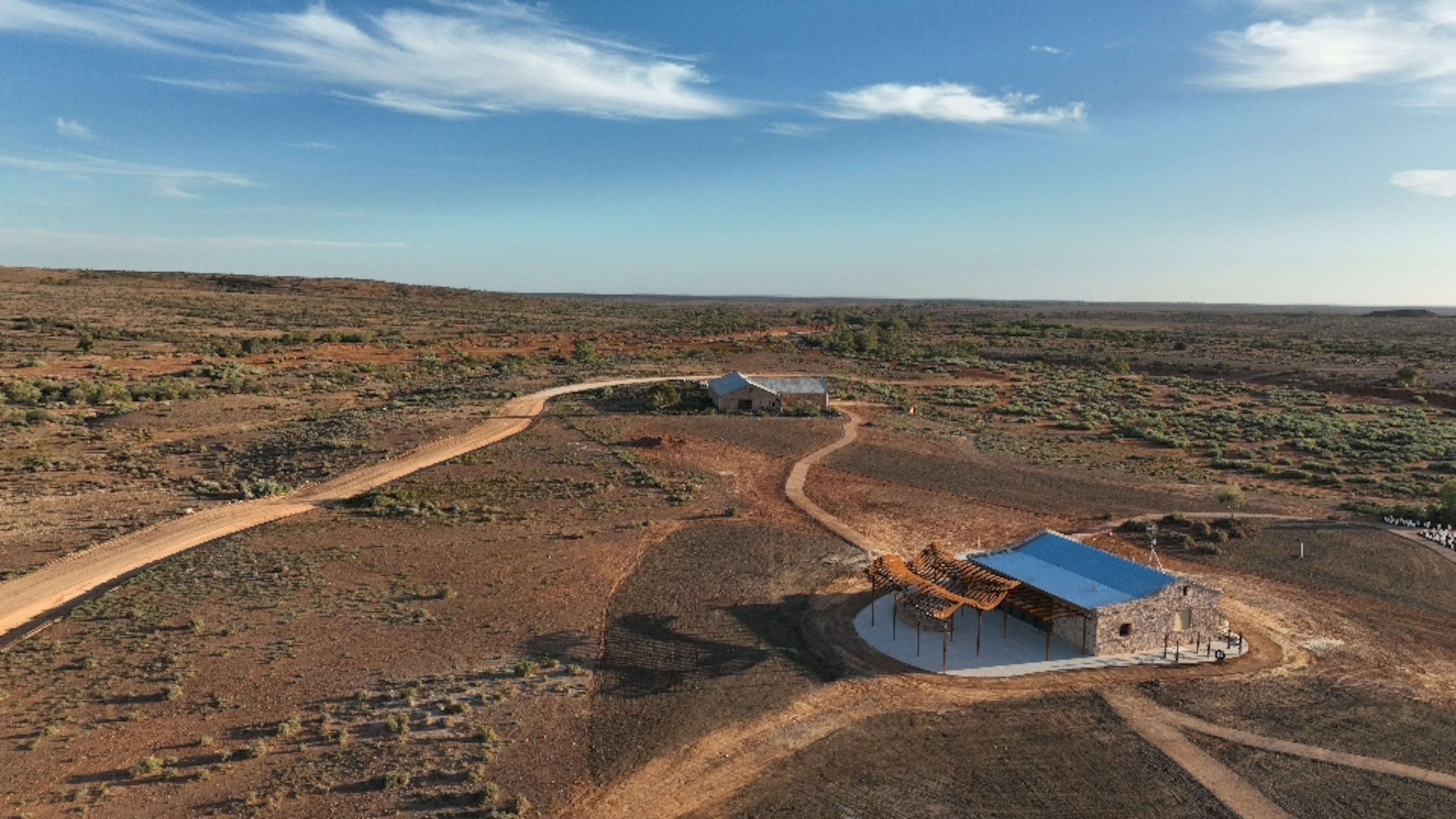
(Here are six Sir David Attenborough documentaries to watch.)
Nilpena Ediacara National Park is also significant for the future of science, holding clues to understanding climate change as well as life on other planets. “The Ediacara biota extinction was likely the first of the big mass extinctions caused by global environmental change,” says Droser, who co-authored a 2022 study on the subject. “Hundreds of millions of years ago, this ocean lost its oxygen—like it’s doing today—and turned into a desert over time; that's natural, but what’s happening today isn’t.”
The National Aeronautics and Space Administration (NASA), which funds most of Droser’s work, is using data from the park in astrobiology studies aimed at understanding the origin, evolution, and future of life in the universe. “The fossils here help us understand the chemical, physical, and even biological processes that lead to the population of a planet,” says Droser.
Into the outback
Until now, tours of the fossil beds were led exclusively by Ross and Jane Fargher, who owned the former sheep station. Their tours start from the Farghers’ Prairie Hotel, an atmospheric, pioneer-style property in Parachilna perched along the Old Ghan Railway. Once in the park, the visitor center gives a deeper understanding of the Ediacaran time period through an immersive 3D exhibition that brings to life Alice’s Restaurant Bed, a spectacular, fossil-rich bed that was excavated and transported to the space.
On the way to the fossil beds, visitors will see historic cultural sites of the Aboriginal Adnyamathanha people. The region’s vast, open spaces, punctuated only by fragrant eucalyptus trees, have been the home of the Adnyamathanha for over 50,000 years. They were consulted in tandem with the park’s development and may eventually lead tours there.
“We need to take into consideration their ideas, cultural stories, and knowledge,” says Tony Magor, a parks and wildlife manager at South Australia’s Department for Environment and Water. “And we get the Adnyamathanha community out to look at what we’re doing if we’re breaking earth.”
(Australia hands control of its newest national parks to Indigenous peoples.)
In that sense, Nilpena Ediacara National Park encompasses the entire history of the Flinders Ranges. Visitors travel back in time from the area’s pastoral past through to the inception of Indigenous culture, and finally, to half a billion years ago, when the only living creatures here were wriggling their way across an ancient seafloor.
The eclipsing sense of deep time is hard to fathom. “We have fossils elsewhere in Australia,” says Magor. “But not like here.”
What to know
Due to the sensitive nature of the sites in Nilpena Ediacara National Park, visitors are not permitted to explore on their own. Small, guided tours must be booked in advance, either through the national park or the Prairie Hotel.

